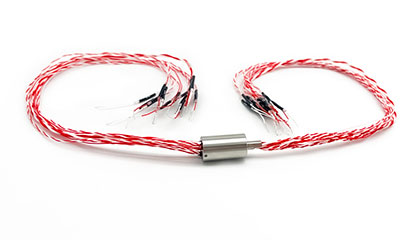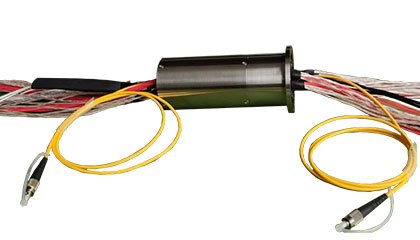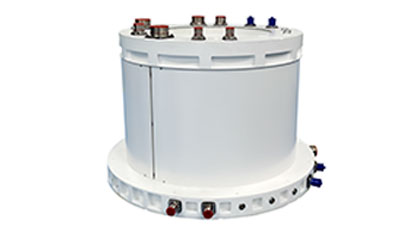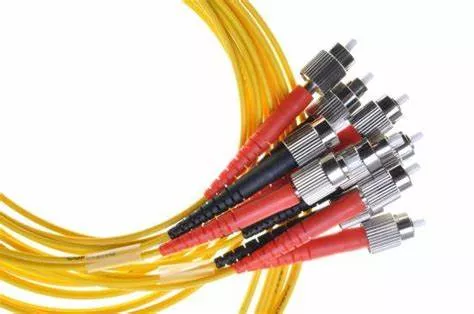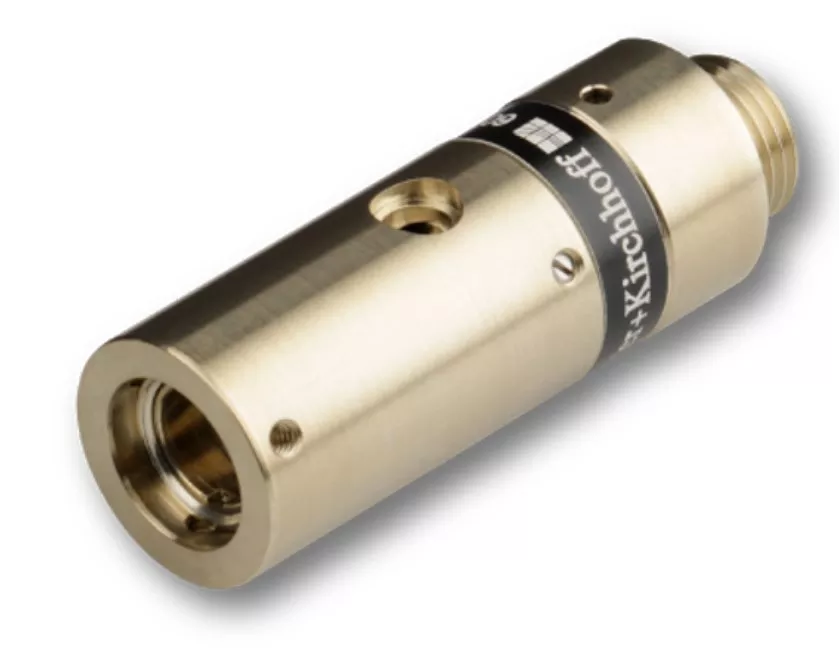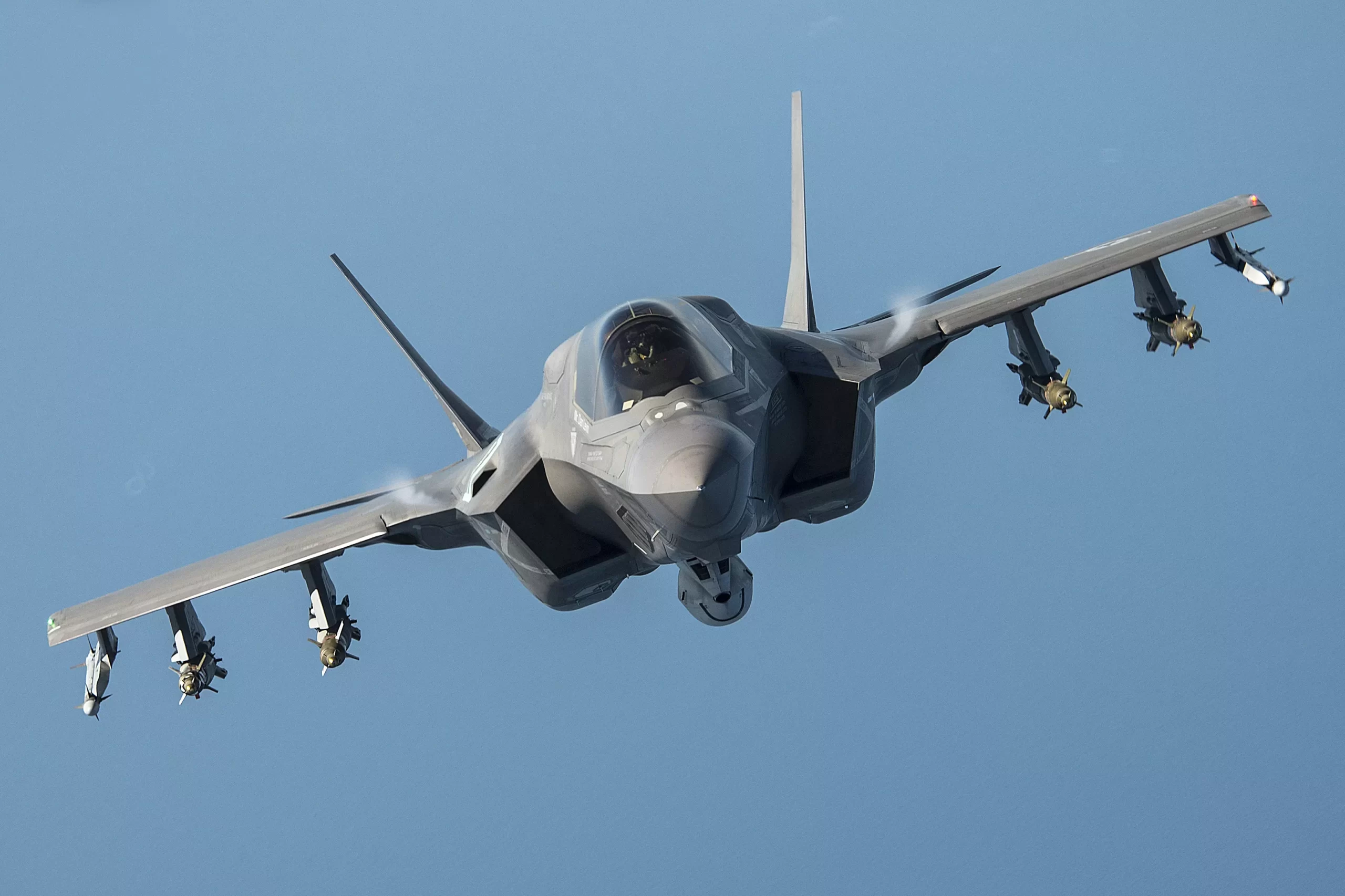Phased Array Radar
Release time: 2025-05-09
Application of UAV Radar and Electro-Optical Slip Rings in Radar Antennas
UAV radar systems are high-performance radar systems specifically designed for unmanned aerial vehicle platforms. They are widely used in military reconnaissance, border patrol, disaster monitoring, agricultural management, and urban planning. As the “sensory hub” of UAVs, radar actively emits electromagnetic waves and receives echo signals, enabling all-weather, high-precision detection and monitoring in complex environments. In recent years, with the widespread adoption of UAVs and the rapid advancement of radar technology, UAV radar systems have evolved from traditional large mechanical scanning systems to compact, multifunctional, and high-resolution solid-state radars, becoming key equipment for enhancing UAV perception capabilities.
I. Technical Features and Industry Challenges of UAV Radar
- Miniaturization and Lightweight Design
UAV platforms have strict limitations on size and weight, requiring radar systems to be as lightweight as possible while maintaining high performance to suit various small UAV applications. - High Resolution and Multifunctionality
Modern UAV radars typically adopt solid-state Active Electronically Scanned Array (AESA) technology, enabling high-resolution imaging, target tracking, multi-target recognition, and terrain mapping. - Dynamic Stability and Environmental Adaptability
UAV radars must operate reliably during flight, coping with wind changes and vibrations, and must be capable of detecting in complex terrain and weather conditions. - Omnidirectional Coverage
UAV radars often require 360° rotational scanning or rapid field-of-view switching to meet wide-area detection needs. This places high demands on data and power transmission through the rotating platform.
II. Role of Electro-Optical Slip Rings in UAV Radar
Electro-optical slip rings are key components in UAV radar antenna systems, solving technical challenges in signal and power transmission within rotating antennas.
- High-Speed Signal Transmission
Through fiber optic channels, electro-optical slip rings provide high-bandwidth, low-loss data transmission, ensuring the stable delivery of high-resolution radar signals and supporting real-time data processing in complex environments. - Power and Control Signal Support
The conductive portion of the slip ring transmits power and control signals to the rotating part of the radar antenna, ensuring continuous operation and rapid responsiveness of the radar. - Lightweight and High Reliability
Tailored for UAV applications, electro-optical slip rings are designed to be lightweight, durable, and vibration-resistant, making them suitable for long-duration and high-intensity flight missions. - Interference Resistance
The fiber optic transmission section offers excellent immunity to electromagnetic interference, maintaining signal integrity and accuracy even in the complex electronic environment of UAVs.
III. Future Development and Application Prospects
As UAV applications continue to expand across various fields, UAV radar technology will evolve toward higher precision, longer detection range, and stronger environmental adaptability. Electro-optical slip rings, as core supporting technology for efficient radar operation, will play an irreplaceable role in higher-frequency and more complex environments. In the future, the synergistic optimization of UAV radar and electro-optical slip rings will greatly enhance UAV sensing capabilities and provide a solid foundation for intelligent and multi-tasking applications.



